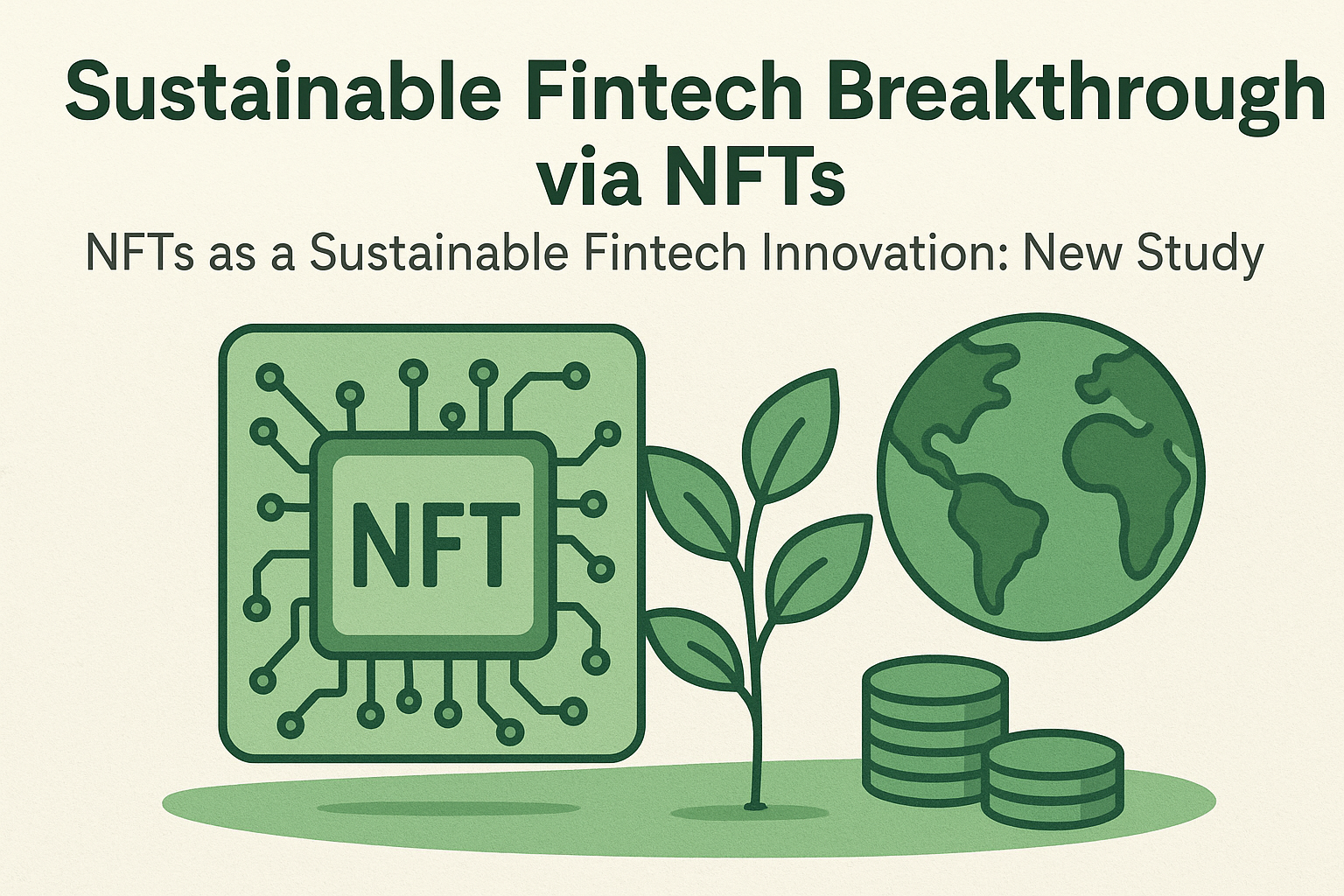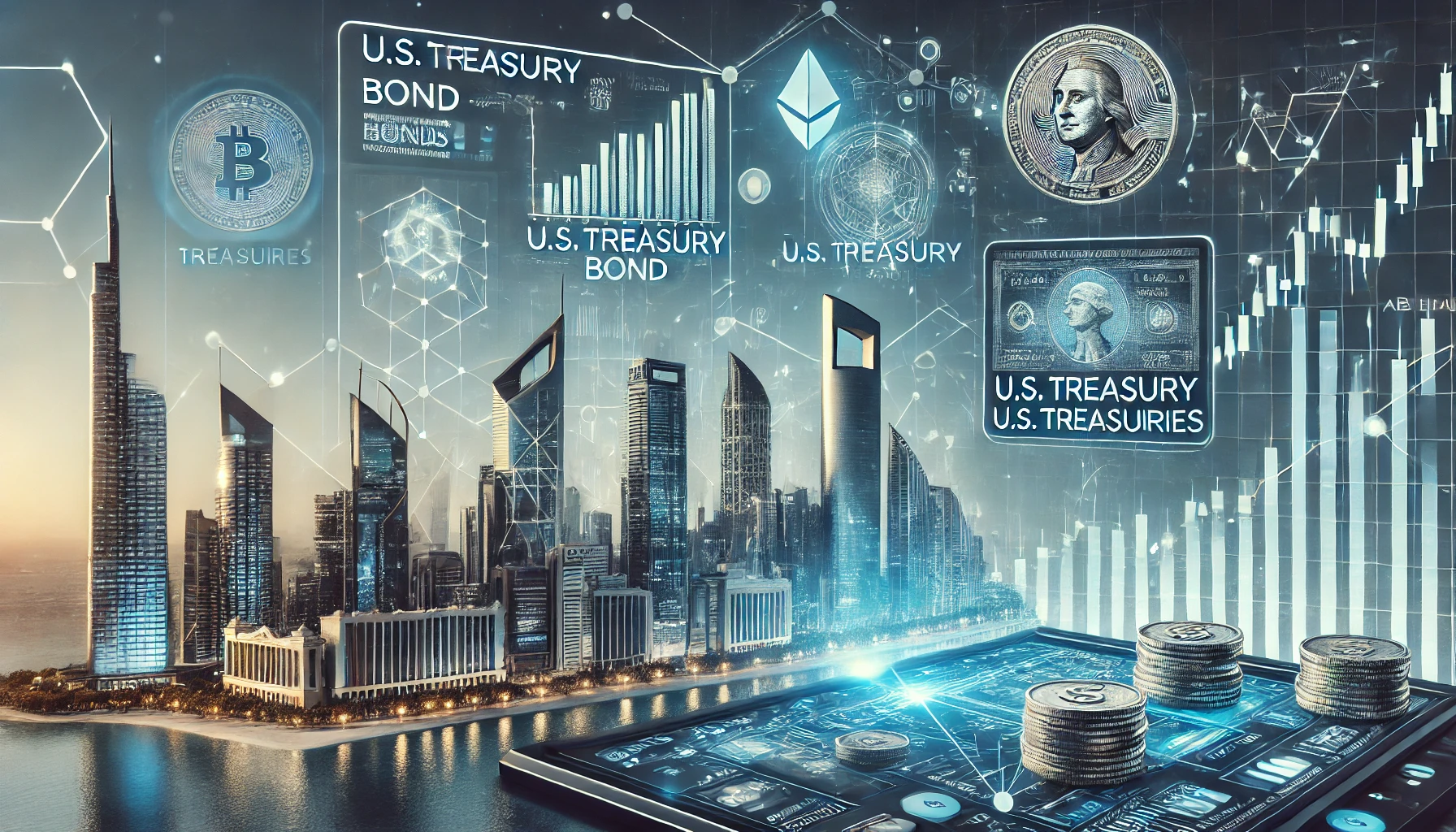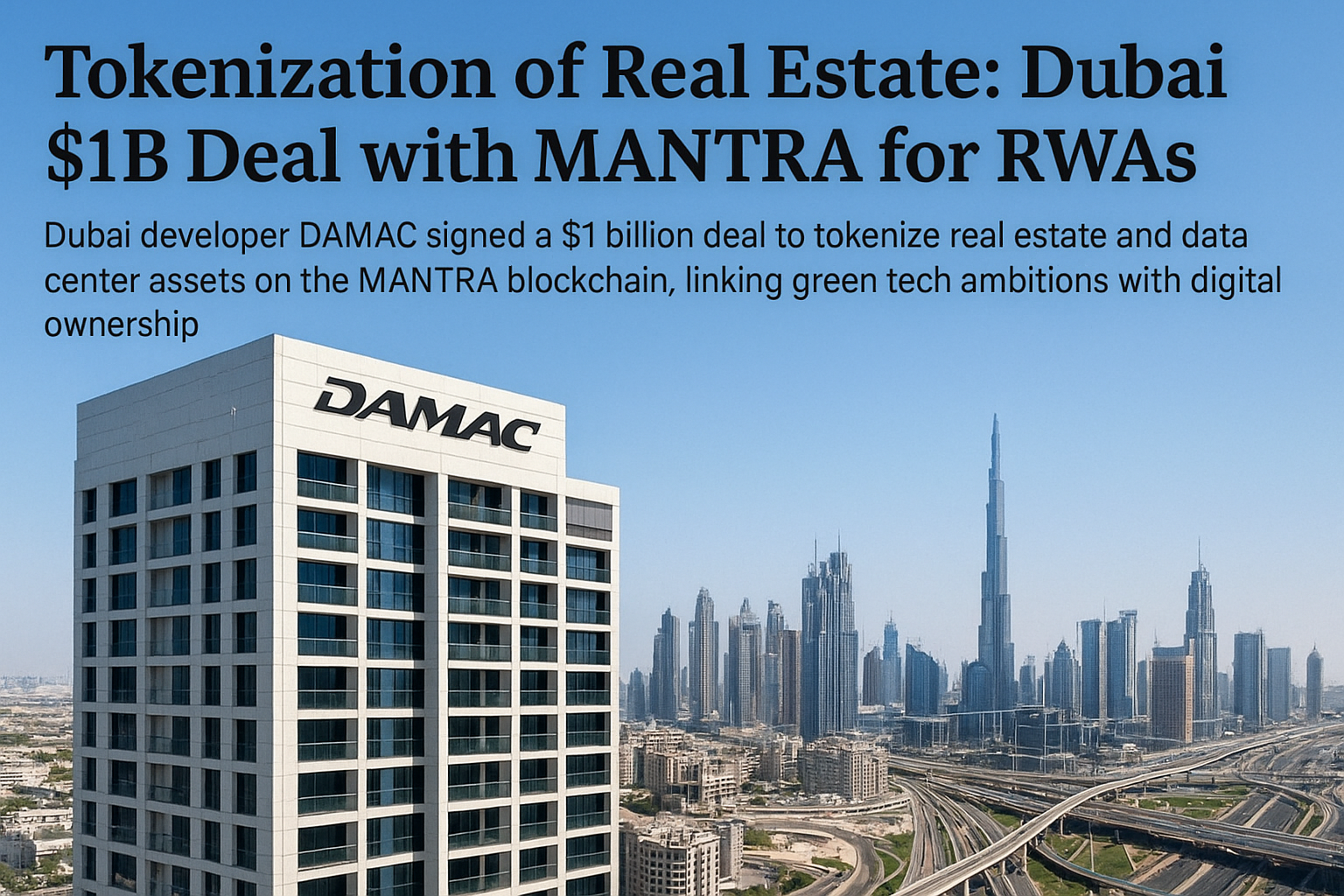How Tokenized Digital Equity Could Redefine Eco-Friendly Financing
For many, non-fungible tokens (NFTs) still conjure images of pixelated art and digital collectibles selling for staggering sums. But a new academic study suggests that NFTs are quietly evolving into something far more impactful: tools for sustainable finance. This shift could mark one of the most significant transformations in the fintech landscape—recasting NFTs not as speculative assets, but as mechanisms for transparent, traceable, and eco-conscious funding.
From Collectibles to Capital for Change
NFTs are unique digital tokens secured by blockchain technology. Each NFT holds specific, immutable metadata that verifies its authenticity and ownership. While this feature initially fueled the collectibles boom, it also offers a powerful foundation for financial applications where transparency and trust are essential—like sustainable investment.
The study highlights how NFTs can be used to represent tokenized digital equity in projects focused on environmental goals. Imagine a renewable energy initiative issuing NFTs that represent micro-shares in a solar farm. Each token could be bought, sold, or held by investors, with the blockchain recording every transaction in an auditable, tamper-proof ledger.
Why Transparency Matters in Sustainable Finance
One of the persistent challenges in green investment is ensuring that funds actually support the initiatives they claim to. “Greenwashing”—the practice of marketing something as more environmentally friendly than it really is—has eroded trust in some ESG-focused investments.
By using NFTs to track investment flows and project milestones, stakeholders can follow the exact path of their capital. Each token’s history and metadata could document everything from the source of the funds to the environmental metrics achieved. This level of accountability is not only reassuring for investors—it’s essential for scaling sustainable finance.
Traceability Across Borders
Sustainable projects often span multiple jurisdictions, making compliance and oversight difficult. NFTs, however, operate on global, decentralized blockchains. This means that a project in Southeast Asia could attract micro-investors from Europe, North America, or Africa, all while ensuring that their contributions are visible and verifiable in real time.
Moreover, because NFT smart contracts can automate aspects of governance—like triggering dividend payments when certain sustainability targets are met—they can reduce administrative overhead and increase efficiency.
The Eco-Impact Question
Of course, any discussion of NFTs and sustainability must address the elephant in the room: blockchain’s energy consumption. The study acknowledges this, noting that recent advances in consensus mechanisms (like Proof-of-Stake) have drastically reduced the carbon footprint of NFT transactions. Platforms like Ethereum have already made this shift, cutting energy usage by over 99%.
The takeaway? The environmental cost of NFTs is no longer the unavoidable drawback it once was, making their use in eco-friendly finance far more viable.
Unlocking a New Funding Model
What makes NFTs especially compelling for sustainable fintech is their potential to democratize access to impact investment. Instead of only large institutions funding green initiatives, individuals anywhere in the world could buy small stakes, knowing that their contribution is recorded, transparent, and tied to measurable outcomes.
This democratization could accelerate the flow of capital into projects that urgently need it—from reforestation and clean water initiatives to sustainable housing developments.
While NFTs as sustainable finance tools are still in their early days, the research points to a future where blockchain-based tokenization reshapes how we fund environmental progress. As transparency becomes the norm, and as investors demand proof of impact, NFTs could be the bridge between digital innovation and real-world change.
If the technology’s promise is realized, the next great NFT boom might not be in virtual art galleries—but in solar fields, wind farms, and sustainable cities across the globe.




